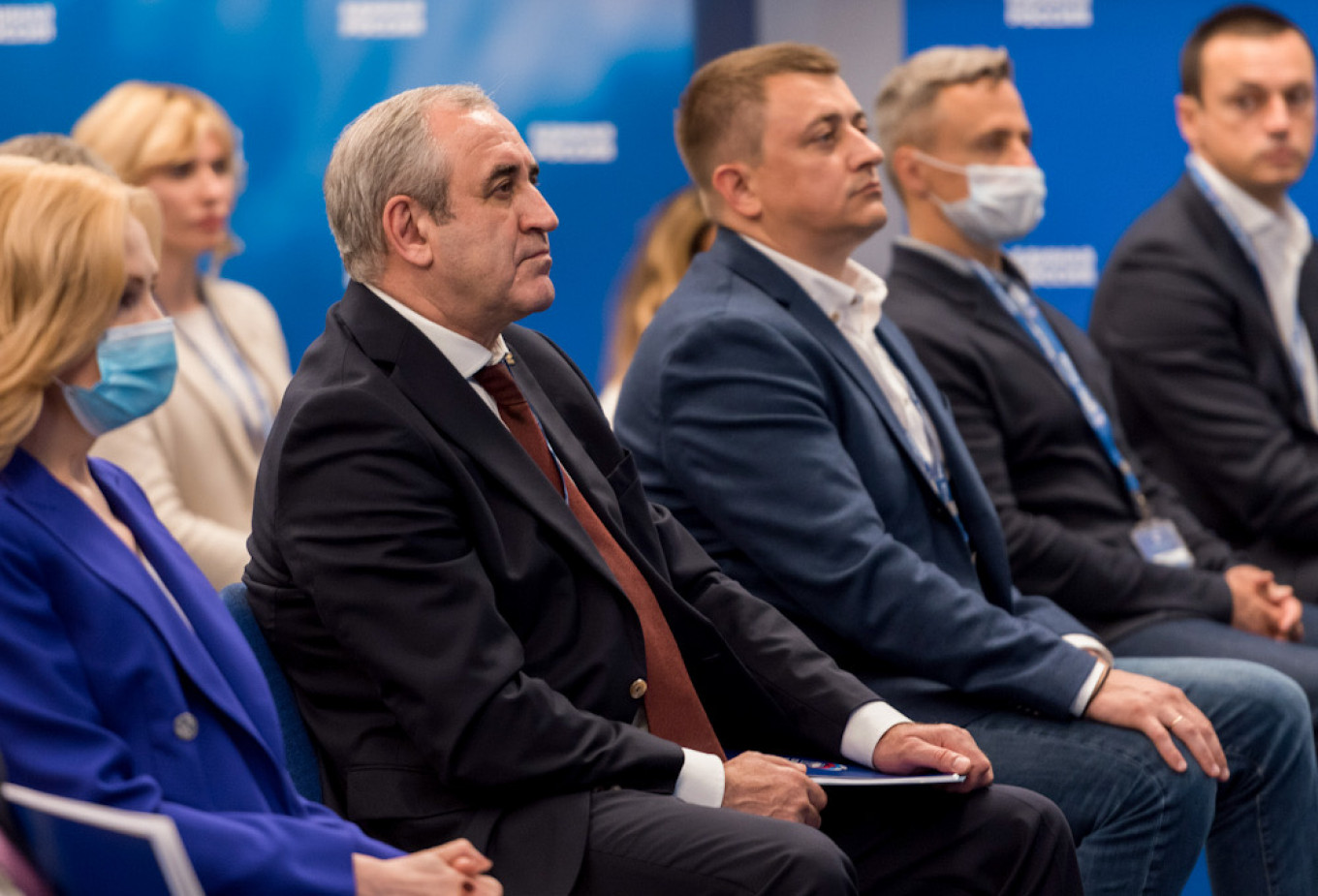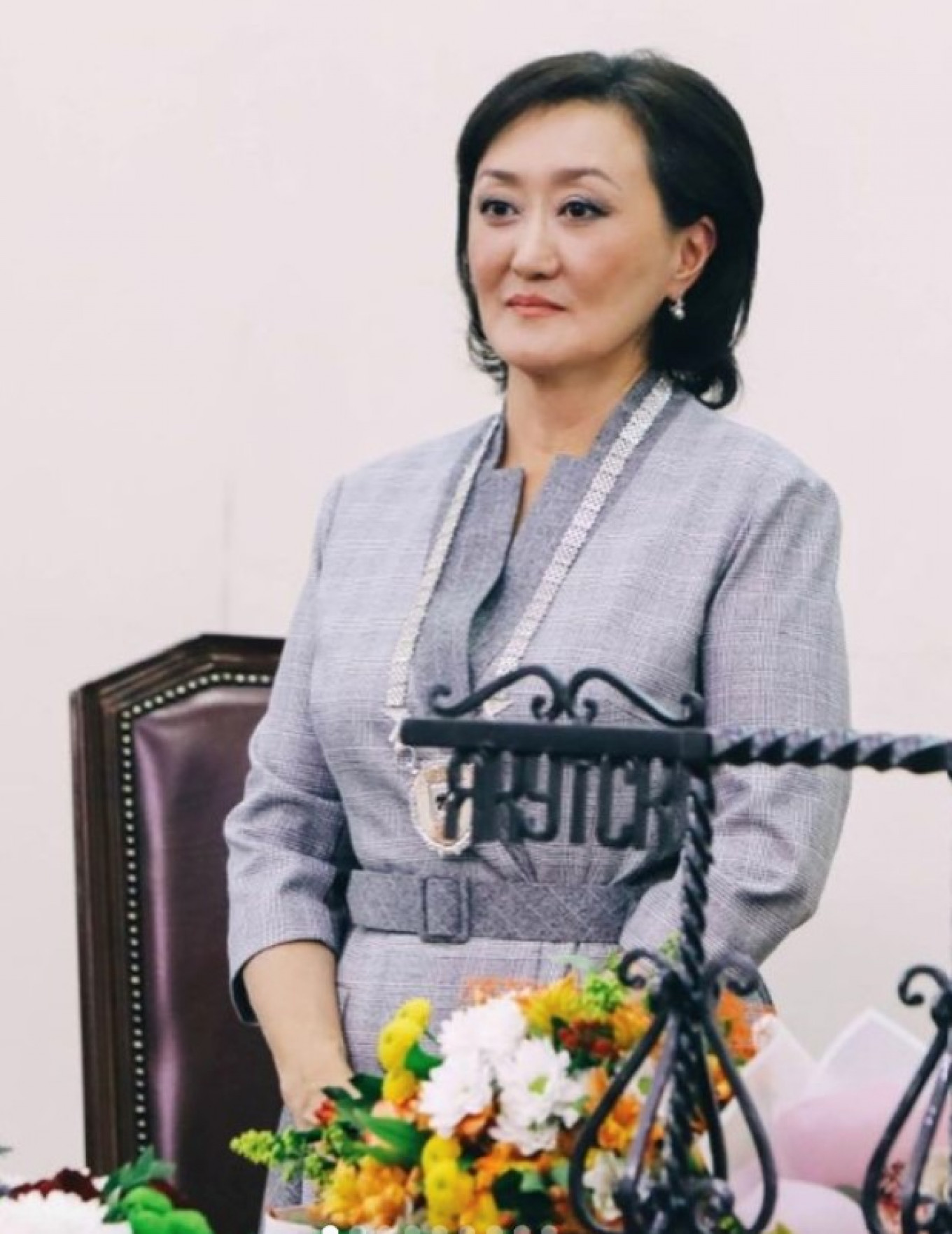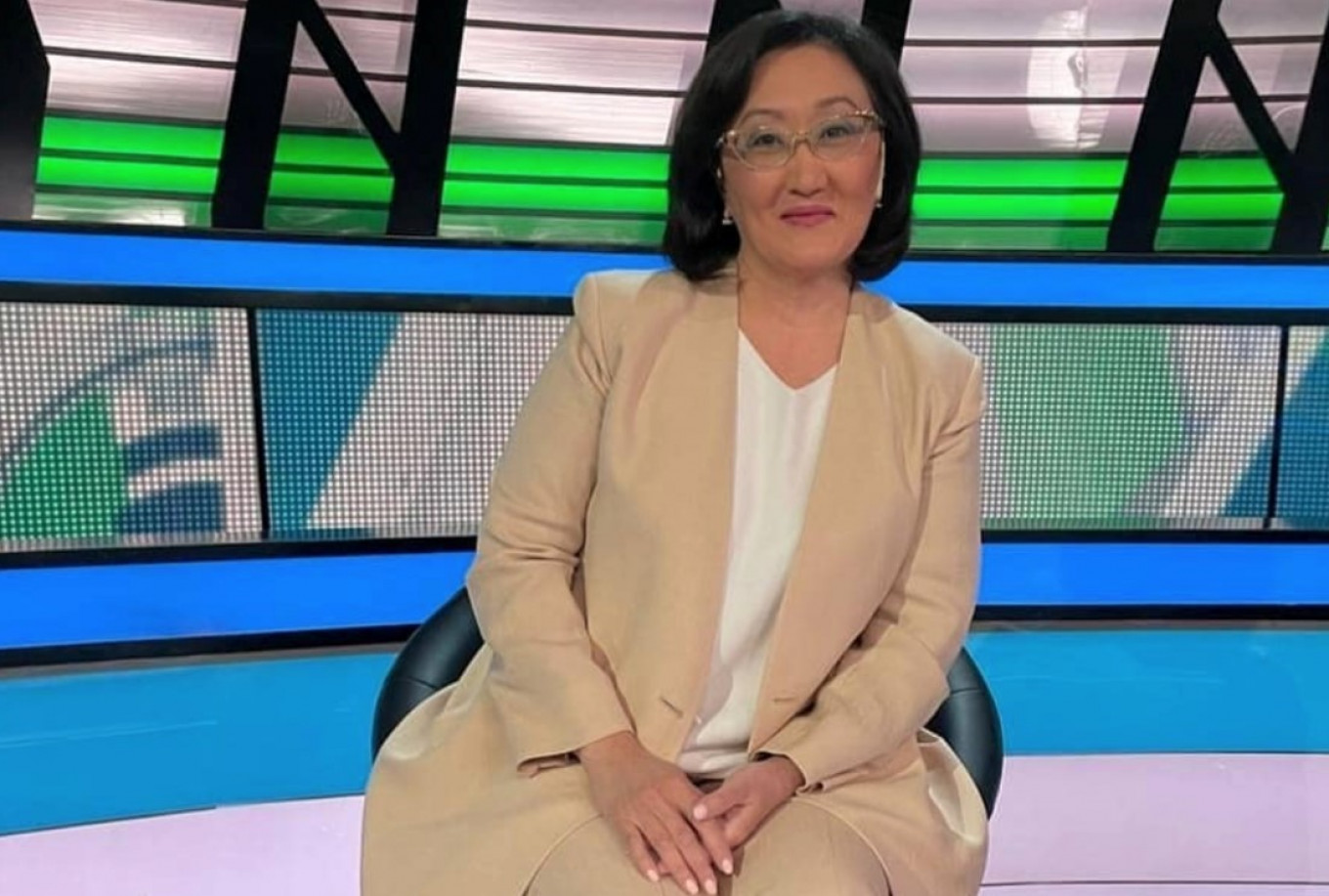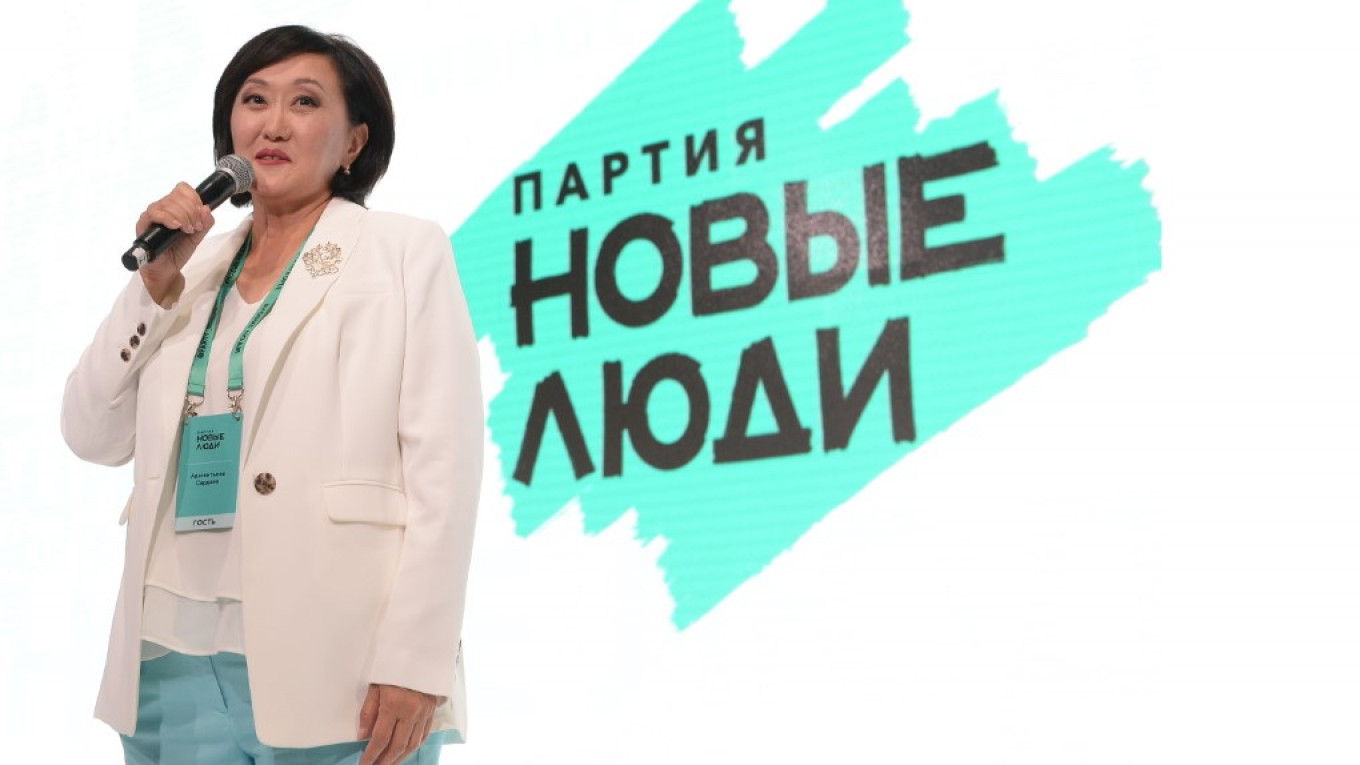This past Sunday, some decidedly atypical guests convened in a congress hall in the center of Moscow more used to hosting gala weddings or birthdays. But on this day, it was the venue for a new political party called, appripriately enough, New People.
New People promises voters income growth, equal rights, health care and many other changes for the better, and positions itself as the party for people who want to move forward, not backwards.
It’s certainly true that the congress participants, from party leaders to candidates, don’t look anything like the members of United Russia. First of all, there are a lot of young people. Second, they look good: modern clothes, stylish hair, friendly smiles. Some of them are wearing mint-green clothes, the signature color of New People, chosen because it is the color of youth, energy and, of course wealth. It is, after all, the color of the dollar bill.
All of this is in stark contrast to the congresses of older parties, where the same old people — in every sense — sit stolidly in their very expensive dark suits.

One of the main "new people" is Sardana Avksentieva, the number two leader in the party. She, too, is dressed in minty green: green pants, a white top and a white blazer decorated with a brooch.
Now if you live somewhere else, you might be wondering why this is worthy of mention. It’s because this represents several breakthroughs in today’s Russia. First, a woman is the co-leader of a party when few women hold the highest positions in Russian politics. Women work in government and are company executives, but there are few women who are public politicians and speak out on complex issues. The ones who are, do not, as a rule, look very friendly. In fact, there is a typical “lady bureaucrat”: dark suit buttoned up, old-fashioned hair style, and a severe expression. Women in politics look more formidable than men. And they wear even more expensive jewelry.
There's a reason for this. In Russia people still believe that a leader and a public politician in a high position must transmit strength, status and seriousness. Showing empathy, kindness, and tolerance is considered a manifestation of weakness.
But Avksentieva is not afraid of being a human being — or looking like one.

Sardana Avksentieva is 51 years old. She became known throughout Russia in 2018, when she defeated a United Russia candidate in the mayoral elections in Yakutsk, one of the very few cities in Russia where there are still direct elections of the mayor. She soon became known for her work, especially reducing the city administration budget — a rare act for a Russian official. She even announced the sale of the city hall in order to save money.
In 2020, Avksentieva became the only mayor of a large Russian city who voted against the amendments to the Constitution that included “zeroing out” Putin’s presidential terms and allowed him to run again. In the spring of 2019 when there were protests in Yakutsk over a crime committed by a migrant from Kyrgyzstan, Avksentieva was able to calm everyone down at a meeting with very agitated townspeople. They listened to her and applauded her.
When she was mayor, Avksentieva did not look like an “official,” but like an ordinary woman of her age, education and social status. Her wardrobe was moderately democratic, moderately tailored. She wore suits as well as dresses, bright colors, patterned fabric and elements of traditional Yakutsk garb. But she didn't wear the brands and wildly expensive clothes that usually make it clear that the mayor — or other official — belongs to a completely different social class than the voters.

Now that she is at the federal level, she has begun to look a bit different. For example, she often wears jackets and light colors and almost never wears prints, which in Russia are thought to telegraph frivolity. She does not hide the fact that she has advisers in the party, including image consultants. But she says that she makes all the decisions about what to wear by herself.
With or without a consultant, she now looks like a professional politician ready to talk with people. Of course, learning to dress well is not the same as becoming a good leader. But perhaps it's a start.
A Message from The Moscow Times:
Dear readers,
We are facing unprecedented challenges. Russia's Prosecutor General's Office has designated The Moscow Times as an "undesirable" organization, criminalizing our work and putting our staff at risk of prosecution. This follows our earlier unjust labeling as a "foreign agent."
These actions are direct attempts to silence independent journalism in Russia. The authorities claim our work "discredits the decisions of the Russian leadership." We see things differently: we strive to provide accurate, unbiased reporting on Russia.
We, the journalists of The Moscow Times, refuse to be silenced. But to continue our work, we need your help.
Your support, no matter how small, makes a world of difference. If you can, please support us monthly starting from just $2. It's quick to set up, and every contribution makes a significant impact.
By supporting The Moscow Times, you're defending open, independent journalism in the face of repression. Thank you for standing with us.
Remind me later.







